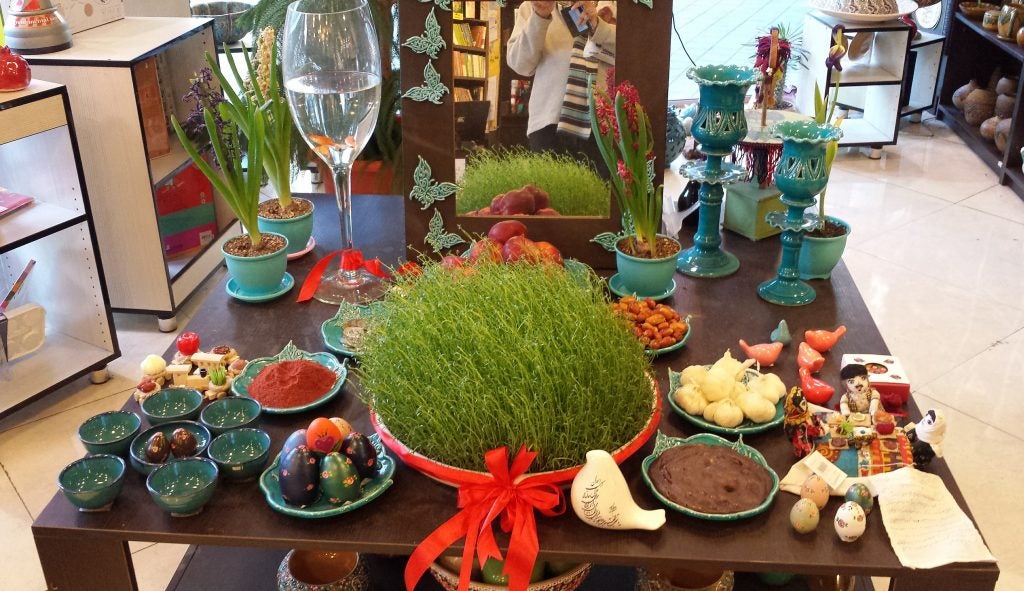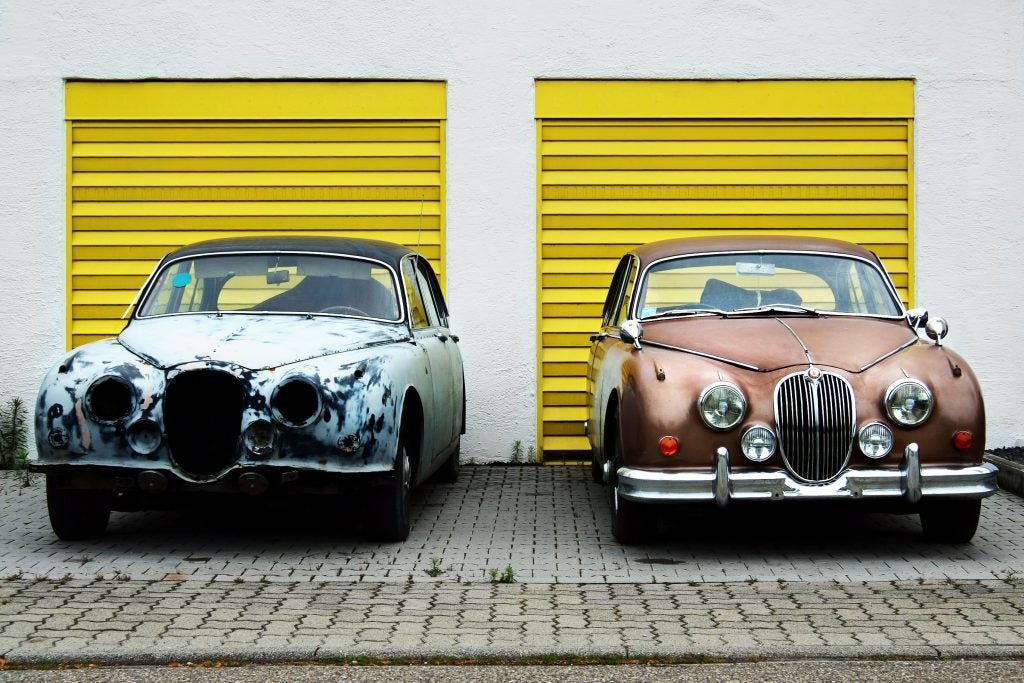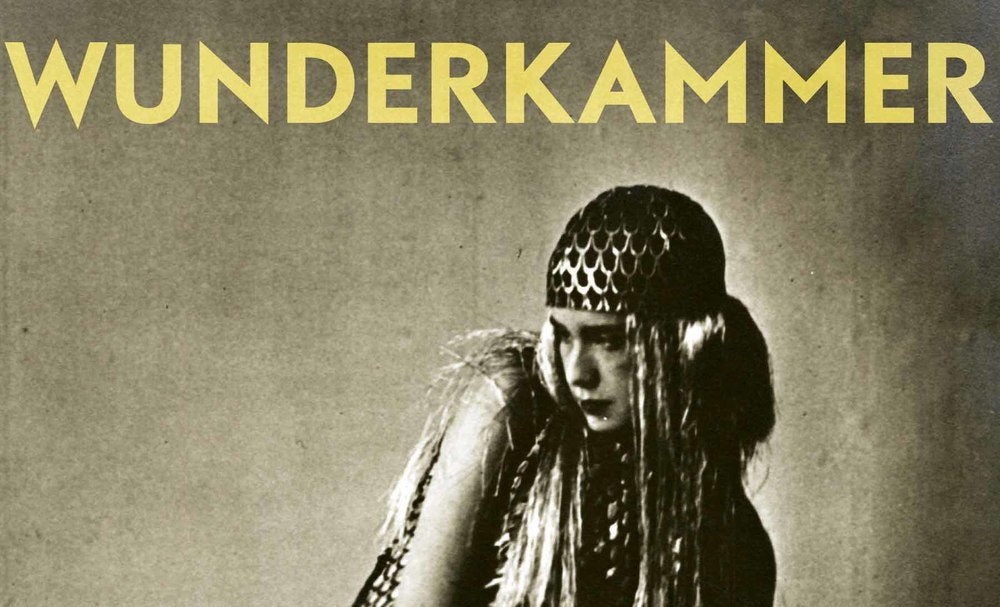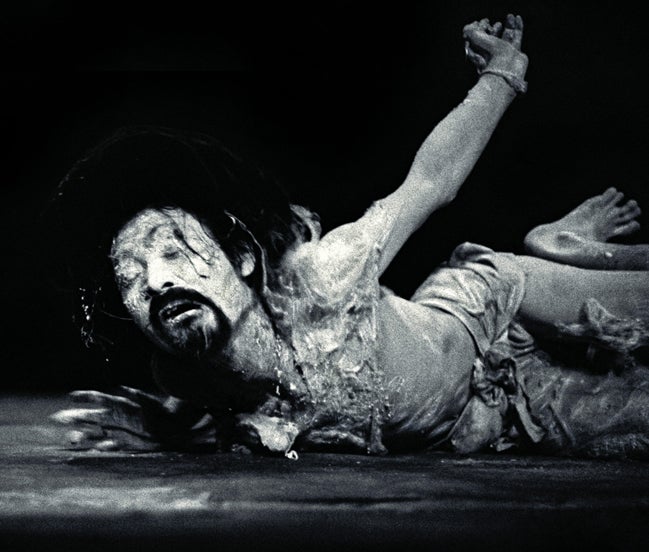The Persian New Year, called Nowruz (“New Day”), is the first day of spring in the United States. It is calculated to the second, according to the moment that the sun crosses the equator. This non-Islamic holiday, which is shared by many countries, including Afghanistan, Kazakhstan, and Azerbaijan, is based on the seasons and agricultural tradition, going back three thousand years to Zoroastrian rituals.
In preparation for the new year, Iranians do spring cleaning, buy new clothes, and decorate their homes. An important part of the new year is the Haft-Seen (or Haft-Sin), a table set up with symbolic objects, including seven items that begin with the letter sin (“s”) in the Persian alphabet. You will find this tabletop not just in everyone’s house but also in many public places like stores and offices, as seen in the first image above.
Tehran also celebrates the coming of spring with Baharestan (“place of spring”), one of the programs of the city’s beautification organization. More than a thousand artists submit proposals for different publicly funded urban art projects, including huge painted ceramic eggs and other public sculptures, installations, murals, and billboards. Baharestan provides an opportunity for young and established artists to promote their art and creativity in this festive and joyous time.

A symbol of fertility and rebirth, painted eggs have been part of spring celebrations in many cultures for millennia. They are also a part of the Iranian New Year and the Haft-Seen tabletop. When I was in Iran last year, 250 enormous eggs were painted and distributed throughout the city and its five major parks: Mellat, Laleh, Park-e Shahr, Bagh-e Ferdows, and Abbass-abad. The eggs were painted not only by the selected participants but by well-known artists as well as children who worked with artists as part of a charity run by the Iranian Artists’ Forum.
Last spring, the selected artists also painted ninety-four murals, produced 160 installations and sculptures, and designed and put up forty-four large colorful billboards. The organizers solicited and selected works that focused on environmental issues in particular and used simple, inexpensive recyclable materials. As with other public art projects, the purpose is to engage the community and bring art to the people. The artists set up their artworks over ten days starting March 5, where passersby stop to watch and discuss the works with them.
The following pictures were taken mostly from the neighborhood near University of Tehran during the 2016 new year. I want to share them here, as a way of celebrating spring and the coming new year in hopes for more art, inspiration, and beauty in these difficult and divisive times.













Images courtesy of the author.







